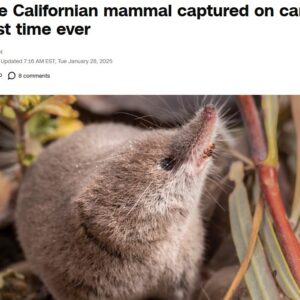This article originally appeared in the fall 2015 Harker Quarterly.
In July, with temperatures rising in California, 12 Harker students traveled to the Arctic for a special two-week research expedition focused on environmental issues including the impact of global warming. After 28 hours of travel, the crew landed in Oslo, Norway, where they visited Frogner Park and the Fram Museum, where Norway’s first ship built for polar research is kept. “We ran around the ship looking at every secret room, staircase or tool,” wrote Sharanya Balaji, grade 12, in her blog of the expedition. “We even enacted scenes from ‘Titanic’ and pretended to bail buckets of water out of the ship. It was an amazing end to our day.”
The next day was also filled with travel as the students made their way to the town of Longyearbyen, where they enjoyed lunch before boarding their cruise ship, “Le Boreal.” After a good night’s sleep, the students awoke to a great breakfast and were briefed on the day’s activities. They later landed on the shores of Isfjorden and took in the lay of the land, wandering its hills and grabbing many photos of the local flora and fauna. Following lunch, they journeyed to Poolepynten to see the many walruses that live there.
Later on the trip, the students visited the Andoyane Islands, where they received a sobering reminder of one of many ongoing environmental issues. As they walked on to the beach, “we noticed loads and loads of plastic on the ground, which really disturbed us,” said Balaji. They promptly began picking up the trash on the beach, filling nine bags weighing a total of 125 pounds. Afterward they visited Monacobreen, a large glacier that has retreated in recent years due to climate change. “Every so often, you would hear a thunderous booming sound which signified the carving of the glacier,” Balaji said. “Watching that was nothing but surreal.”
More travel was in store for the next couple of days, as the group made its way toward Greenland. Unfortunately, thick ice surrounding the island made it impossible to land, and the students were disappointed to learn that the entire Greenland portion of the expedition would have to be canceled.
The group finally reached the “top of the world” the next day at the island of Grimsey, located off the coast of Iceland, where they posed for pictures next to a signpost that pointed to various major cities and took in the breathtaking view from the island’s cliffs. They spent the next day sightseeing in Iceland, getting close to a large waterfall, buying souvenirs and visiting the Devil’s Kitchen, a park with geysers spewing sulfuric acid.
For the final excursion, the students went to Flatey Island, which is inhabited by only six people. Here, the students presented the results of the research they had conducted over the course of the expedition. After they finished, the students were treated to a 17-minute slide show recapping their travels and made the most of their remaining time in Iceland by viewing its famous lava trails and visiting a shark museum.










